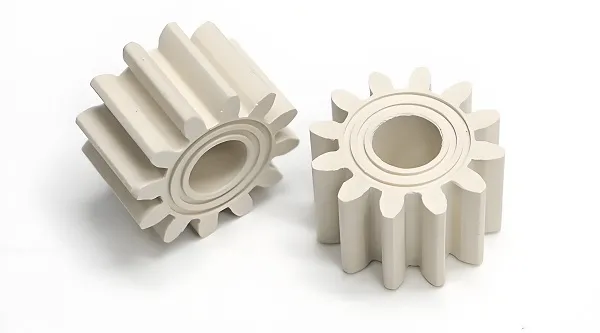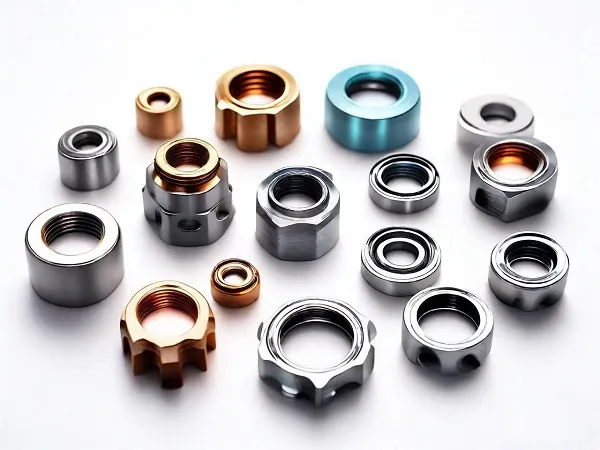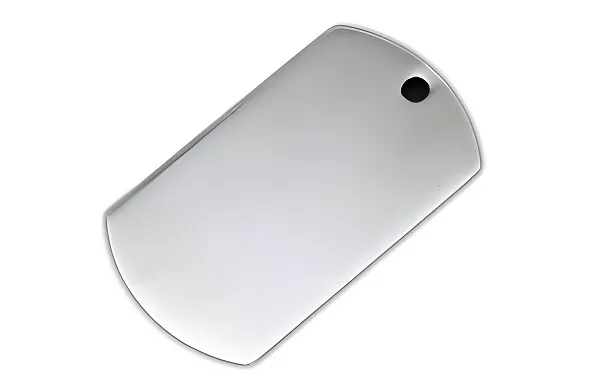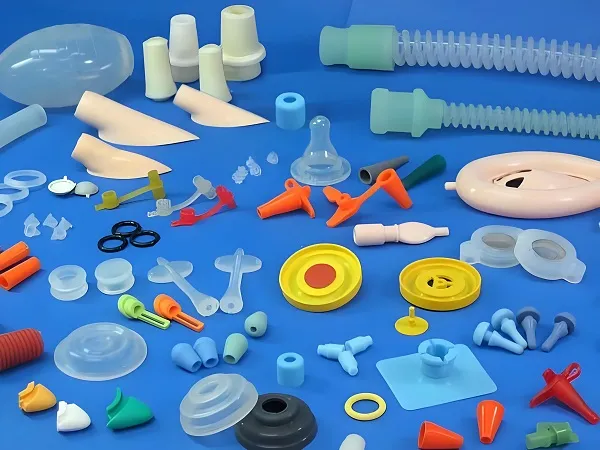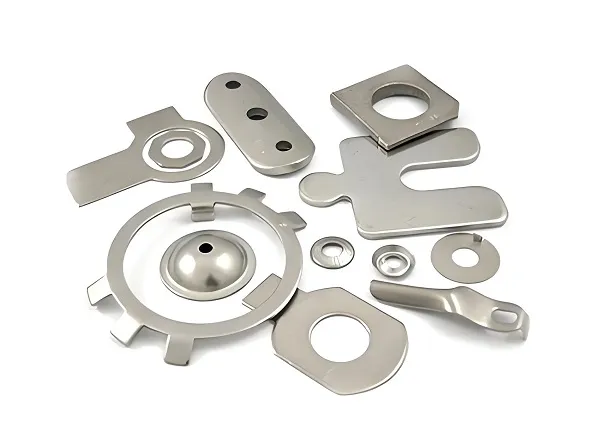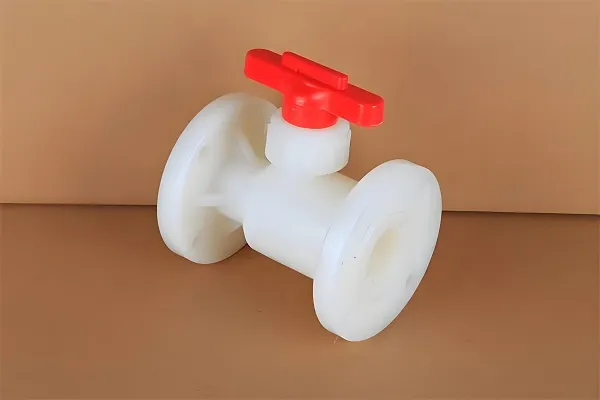Plastic molding threaded inserts, or simply threaded inserts, are crucial components used in the plastic molding process to create threaded structures on plastic products. These inserts are pre-designed and fixed in the mold, where they bond tightly with the molten plastic as it is injected into the mold. Upon cooling and solidification, the desired threaded section is formed. Threaded inserts not only enhance the functionality of plastic products but also ensure the precision and durability of the threaded structures.
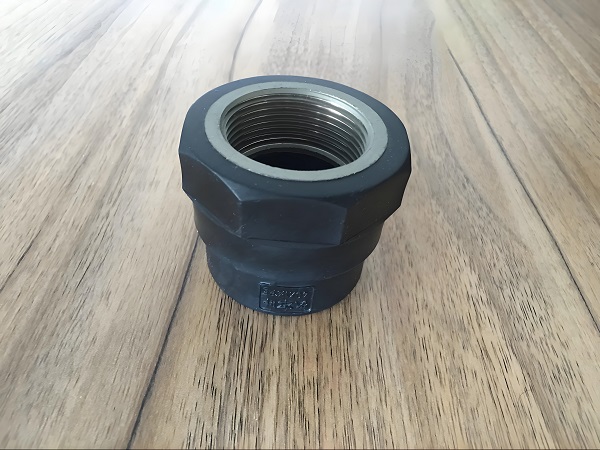
1. Production Process of Plastic Molding Threaded Inserts
- Design & Modeling: Based on the thread specifications and requirements of the plastic product, a 3D design of the threaded insert is created to ensure precise fitment within the mold.
- Material Selection & Procurement: Appropriate materials, such as stainless steel, brass, etc., are selected and procured according to the design specifications.
- Precision Machining: Techniques like CNC machining, electrical discharge machining (EDM), etc., are used to precision-machine the threaded inserts, ensuring the accuracy and shape of the threads.
- Surface Treatment: The threaded inserts undergo polishing, plating, and other surface treatments to improve their wear resistance and corrosion resistance.
- Quality Inspection: A quality inspection is conducted on the finished threaded inserts to ensure that dimensional accuracy, thread precision, and surface quality meet the requirements.
2. Customization of Plastic Molding Threaded Inserts
- Requirement Communication: Communicate with clients to understand the thread specifications, material requirements, and operating environment of the plastic product to determine the customization plan for the threaded inserts.
- Design Optimization: Optimize the design of the threaded inserts based on client requirements to ensure they meet the molding requirements of the plastic product and the precision requirements of the threads.
- Sample Production: Produce samples of the threaded inserts, conduct mold trials and testing to verify their applicability and reliability in actual production.
- Mass Production: After the samples are verified, mass production of the threaded inserts begins, ensuring product quality and delivery deadlines.
3. Material Introduction for Plastic Molding Threaded Inserts
Materials: Stainless Steel, Brass, Carbon Steel, etc.
Characteristics:
- High Strength: Materials like stainless steel and brass have high tensile strength and yield strength, capable of withstanding the pressures during the plastic molding process.
- Wear Resistance: These materials offer good wear resistance, extending the lifespan of the threaded inserts.
- Corrosion Resistance: Stainless steel exhibits excellent corrosion resistance, suitable for plastic products used in damp or corrosive environments.
- Ease of Machining: These materials have good cutting and heat treatment properties, facilitating the manufacturing and processing of threaded inserts.
4. Characteristics of Plastic Molding Threaded Inserts Made from Different Materials
| Product | Tensile Strength (MPa) | Yield Strength (MPa) | Hardness (HB) | Corrosion Resistance | Wear Resistance |
|---|---|---|---|---|---|
| Stainless Steel Threaded Inserts | ≥500 | ≥205 | ≥180 | Excellent | Good |
| Brass Threaded Inserts | ≥350 | ≥200 | ≥80 | Moderate | Good |
| Carbon Steel Threaded Inserts | ≥450 | ≥250 | ≥160 | Average | Better |
Note: The above data are for reference only and may vary depending on material composition, heat treatment processes, and other factors.
FAQ for Customized Plastic Molding Threaded Inserts Services
Q1: How do I choose the right material for threaded inserts?
A: When selecting the material for threaded inserts, consider factors such as the operating environment of the plastic product, thread precision requirements, and cost. Stainless steel is suitable for applications requiring high corrosion resistance; brass offers good wear resistance and moderate corrosion resistance, suitable for general applications; carbon steel has high strength and hardness, suitable for applications requiring high thread precision.
Q2: How is the precision of threaded inserts guaranteed?
A: The precision of threaded inserts is primarily ensured through precision machining and quality control. Techniques like CNC machining and EDM ensure the accuracy and shape of the threads. Additionally, quality inspections are conducted on the finished threaded inserts, including checks for dimensional accuracy, thread precision, and surface quality, to ensure product quality meets requirements.
Q3: What is the lifespan of threaded inserts?
A: The lifespan of threaded inserts depends on various factors, including material selection, machining processes, and operating environment. Generally, using high-strength, wear-resistant materials and precision machining processes can extend the lifespan of threaded inserts. Additionally, proper maintenance and care of the threaded inserts during use can prevent excessive impact and wear.
Q4: How do I customize threaded inserts to meet my needs?
A: To customize threaded inserts, communicate with the supplier, clearly stating the thread specifications, material requirements, and operating environment of the plastic product. The supplier will then design and manufacture the threaded inserts based on your requirements. Additionally, conduct mold trials and testing on the samples to verify their applicability and reliability in actual production. Once the samples meet requirements, mass production can begin.

